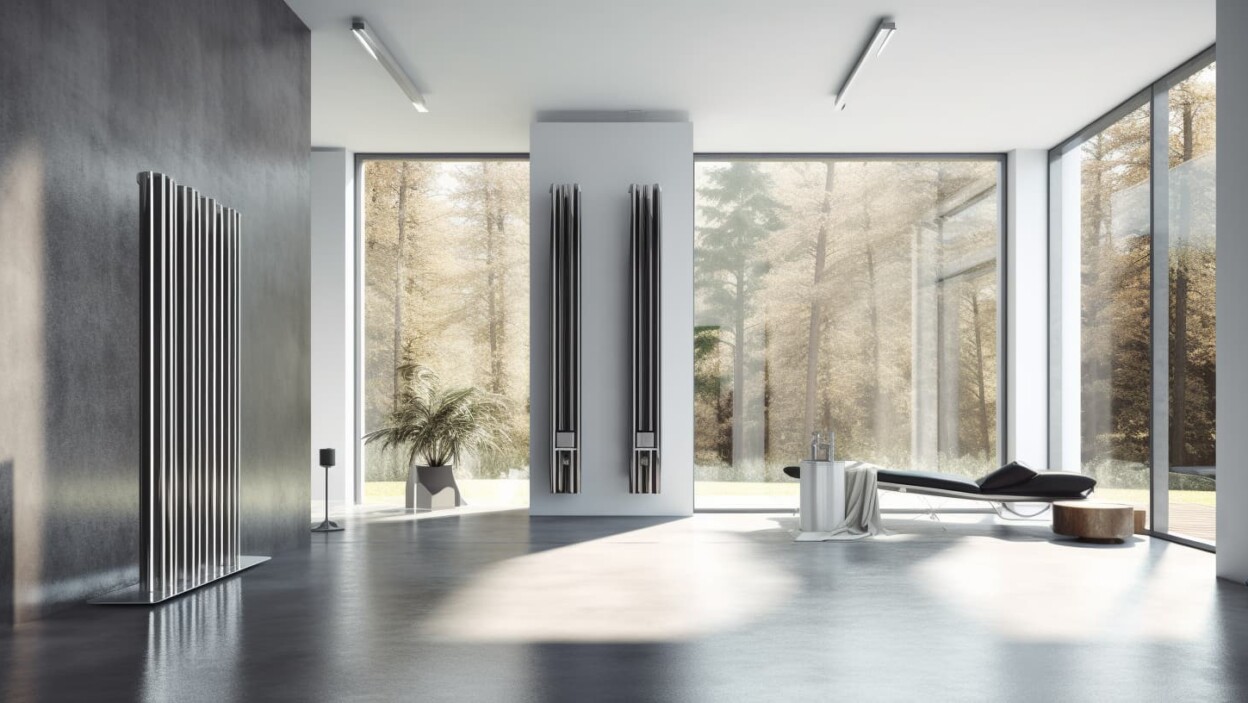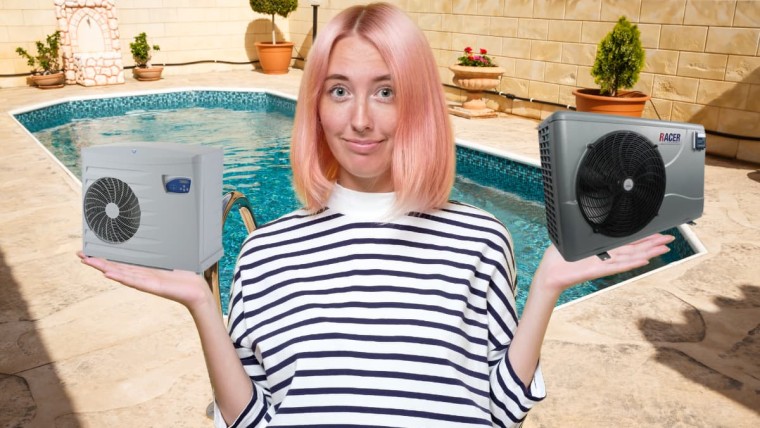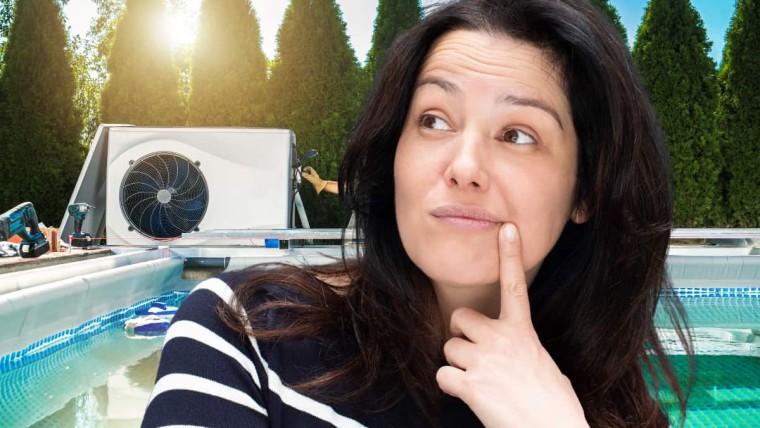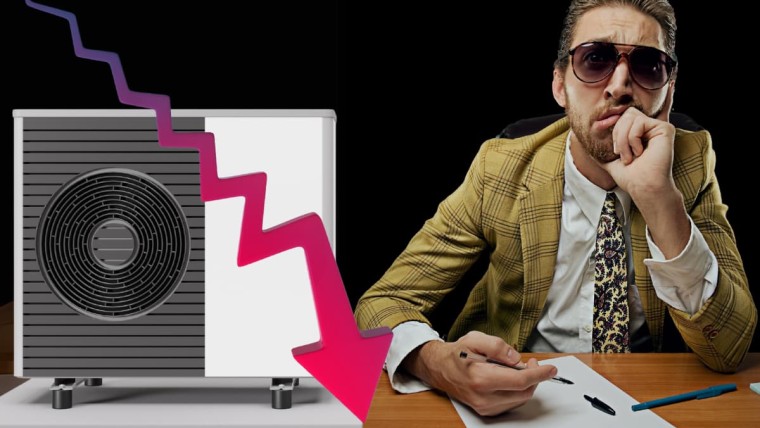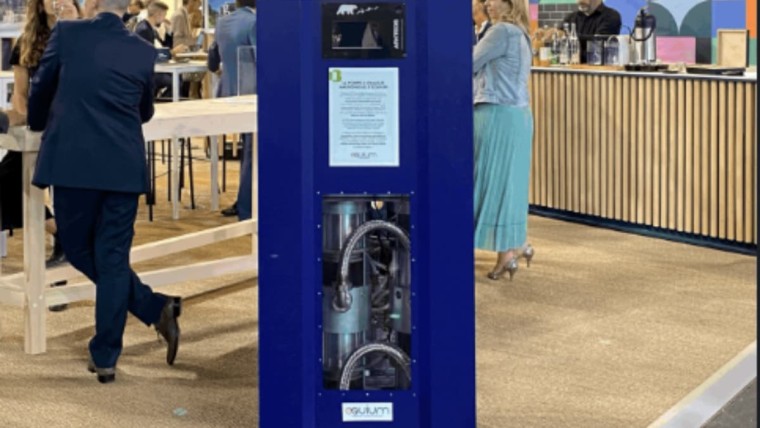High efficiency, smooth operation intrinsically With its environmentally-friendly features, reduced energy consumption and attractive government subsidies, the heat pump is an excellent heating (and cooling, in the case of a reversible heat pump) solution.
Another major advantage is that the heat pump is compatible with a wide range of domestic distribution equipment, including radiators, whether old (high-temperature) or new (low-temperature), with a marked difference in efficiency for each configuration.
In this article, we explore the heat pump + radiator combo solution: how it works, criteria for choosing radiators, sizing and alternatives.
Heat pump with radiators: how does it work?
The heat pump + radiator combo is a heating system that uses the principle of thermodynamics to transfer heat from one medium to another. Radiators play a central role in this system, as they distribute the heat produced by the heat pump to the various rooms in the building.
Before turning to radiators, let's take a look at how a heat pump works in general. The heat pump absorbs heat from an external environment (air, water or ground, depending on the type of heat pump) and transfers it to the internal environment, usually a building or home. The heat pump's thermodynamic cycle breaks down into four main stages:
- Evaporation A low-temperature, low-pressure refrigerant circulates in the evaporator, absorbing heat from the external environment. This absorption of energy causes the fluid to evaporate, transforming it from a liquid into a gas;
- Compression The refrigerant gas is then directed to the compressor where, under the effect of compression, it heats up further;
- Condensation The heated, high-pressure gas then passes through the condenser, where it transfers its heat to the water in the heating circuit. This heat transfer causes the gas to condense, returning it to its liquid state;
- Relaxation Finally, the fluid passes through an expansion valve that lowers its pressure and temperature, preparing it for the next evaporation cycle.
The heat produced can be distributed indoors via a number of channels: underfloor heating, fan coil units, duct systems, wall heating, radiant ceilings and radiators. It's this last configuration that interests us.
When the refrigerant gas condenses and gives up its heat in the condenser, it heats up a water circuit. This hot water then circulates through the radiators. As the water is at a higher temperature than the ambient air, it transfers its heat to the air, which heats up and then diffuses into the room. What about regulation?
In this heating system, each radiator is fitted with a thermostatic valve that will enable the temperature of each room to be individually regulated by controlling the amount of hot water circulating through the radiator, according to the user's instructions. The main thermostat, usually located in the main room of the house, sends a signal to the heat pump when the room temperature falls below the set temperature. The heat pump then switches on and produces heat, which is distributed via the radiators.
Conversely, when the room temperature reaches or exceeds the set temperature, the thermostat sends a signal to switch off the heat pump. The water in the radiators then gradually cools down, and the room temperature drops. This automatic temperature control ensures constant thermal comfort, while optimizing energy consumption.
What type of radiator should I use with a heat pump?
Not all radiators are compatible with a heat pump. It's a question of operating temperature. Heat pumps are most efficient when they operate at low temperatures, generally below 55° C, for two reasons:
- The thermodynamic cyclewhich states that it takes more energy to transfer heat from a colder area to a warmer one. The greater the temperature difference between the heat source (e.g. outside air) and the place where the heat is to be delivered (e.g. heating water), the more energy is required to effect this transfer. If the heat pump has to produce water at a very high temperature, the temperature difference is greater, requiring more energy and therefore reducing the heat pump's COP;
- Refrigerant compression The higher the temperature at which the water is to be heated, the more refrigerant has to be compressed, resulting in higher energy consumption.
In short, to maximize the efficiency of your heating system, you should prefer to use low-temperature radiators. But let's explore the two options: low and high temperature.
Low-temperature radiators
Low-temperature radiators are suitable for heating systems that produce low-temperature water, such as heat pumps. They are generally larger than standard radiators, as they have to compensate for the low water temperature with a larger heating surface.
Their design is also different, since they are made from materials with high thermal conductivity (aluminum in particular) for better heat diffusion. They are generally shaped to encourage natural air convection.
Low-temperature radiators are by far the most energy-efficient option for a heat pump + radiator heating system.
High-temperature radiators
Older homes were often equipped with high-temperature heating systems powered by gas or oil-fired boilers, with high-temperature radiators. In these homes, switching to a heat pump as part of a renovation project can be problematic, as the radiators are less well suited to the use of a heat pump.
Another recurring problem Older homes are often poorly insulated by today's standards. As a result, the heat produced by the heat pump is quickly lost, and the equipment has to work harder to reach the desired temperature, increasing energy consumption and reducing system efficiency.
If you're considering installing a heat pump in an older home, you'll need to decide between one or more of the following options:
- Improve your home's thermal insulation to reduce the amount of heat needed to maintain a comfortable temperature indoors and ensure the efficiency of any heating system;
- Keep high-temperature radiators if they are in good condition and large enough. However, a detailed study is required to determine whether this option is economically viable;
- Replacing high-temperature radiators with low-temperature radiators or underfloor heating. These systems are more compatible with heat pumps and can help you maximize the efficiency of your heating system;
- Installing a high-temperature heat pump capable of producing water at a temperature high enough to supply your old high-temperature radiators. The downside: these models are more expensive and less efficient than low-temperature models.
If you plan to keep high-temperature radiators, in addition to insulation work, you'll need to clean the existing heating system, or de-silting, to remove particles, rust, scale, etc. You may need to add radiators to increase the heating surface and improve heat distribution. You may also need to add radiators to increase the heating surface and improve heat distribution.
Sizing radiators in a heat pump + radiator system
The efficiency of the system depends largely on the sizing of the radiators. Manufacturers often have very detailed sizing charts, offering customized models to suit all configurations. Before the sale, the installer must provide you with a complete sizing sheet and diagram as part of the design file.
Sizing the radiators in a heat pump + radiator system depends on two main factors. The first is the thermal power requiredwhich depends on the size of the space to be heated and the home's heating requirements (see example below).
Then there is the heat pump temperature regime. The lower the speed (e.g. 50/40), the larger the radiator surface area and therefore the larger the radiator size, as explained above. In fact, a heat pump will often provide a temperature of 50/40 or 45/35, lower than that of a fossil-fuel boiler (gas or oil), which generally provides 80/60. Older radiators, adapted for a higher temperature regime, often have too small a surface area for a heat pump.
In this case, you have two options: improve the insulation of your home to reduce thermal requirements and thus the power needed, or replace the high-temperature radiators with low-temperature radiators, which remains the most common option. In this case, you'll need to pay €150 to remove the old radiator, and between €950 and €2,000 to buy and install the new one.
A concrete example of radiator sizing
Let's take the example of a 100 m² house in a temperate climate. The thermal power required is generally estimated in watts per square meter (W/m²). On average, it's estimated that between 70 and 100 W/m² are needed to heat a house properly in winter, depending on insulation and exposure. Let's take a median value of 85 W/m² for our example.
So, for a 100 m² house, the thermal power required would be : 100 m² * 85 W/m² = 8500 W or 8.5 kW. A system capable of producing 8.5 kilowatts of thermal power would therefore be needed to heat this house properly.
This is a simplistic estimate, as the actual heat output required depends on the insulation of the house, the number and type of windows, the orientation of the house, the local climate, etc. Only a qualified professional will be able to accurately assess your home's thermal requirements. Only a qualified professional will be able to accurately assess your home's thermal requirements.
If we add to this the temperature regime of the heat pump, the size of the radiators must be large enough to distribute this amount of heat at a lower temperature. For example, with a temperature regime of 50/40, the radiators might need a total surface area of around 10 to 20 m² to distribute 8.5 kW of heat, depending on the model and type of radiator.
Underfloor heating, an attractive alternative to radiators
Unlike radiators, which distribute heat at a single point, underfloor heating systems distribute heat evenly throughout the room, thanks to hot water circuits built into the floor.
In concrete terms, the heat pump heats the water and transports it to these circuits in the ground. The hot water then circulates through the tubes, distributing the heat evenly and more pleasantly throughout the room. The water temperature in underfloor heating systems is generally lower than that used for radiators, often around 30 - 40°C, which is ideal for heat pump efficiency.
The following table summarizes the advantages and disadvantages of underfloor heating as an alternative to radiators.
| Benefits | Disadvantages |
| Greater comfortThe heat is distributed evenly throughout the room, avoiding areas that are too hot or too cold. | Reaction timeUnderfloor heating takes longer to raise and lower the temperature, which can make it tricky to adjust. |
| AestheticsWith no visible radiators, you have greater freedom for interior design. | High installation costs The cost of installing underfloor heating is higher than that of a radiator system, especially in the case of renovation. |
| Energy efficiency Thanks to their low temperature regime (around 30-40°C), underfloor heating systems enable the heat pump to operate more efficiently. | Major renovation workInstalling underfloor heating in a house undergoing renovation can involve major work: demolishing the existing floor, pouring a new concrete screed... |
| Better air quality Unlike radiators, underfloor heating systems don't circulate dust, which can improve indoor air quality. | Incompatibility with certain floor coveringsNot all floor coverings are compatible with underfloor heating. Solid parquet, for example, can warp under the effect of heat. |
Heat pumps with radiators: to conclude
Installing a heat pump with radiators requires careful consideration of the system's efficiency and optimum operation. Whether you opt for low-temperature radiators, high-temperature radiators (for older homes) or even underfloor heating, the compatibility of these options with your heat pump and the requirements of your home must be carefully analyzed.
You'll need to take into account the type and condition of your existing radiators, the insulation of your home and the type of heat pump you're considering. Only a qualified professional will be able to guide you through this process, so you can make an informed choice and get the best return on your investment, without compromising on your home's thermal comfort.

Reda T.
Reda holds a PhD in finance and specializes in renewable energy economics. He combines financial expertise with an interest in sustainability, writing not only on the financing of green projects, but also on more general topics and frequently asked questions in this field.
